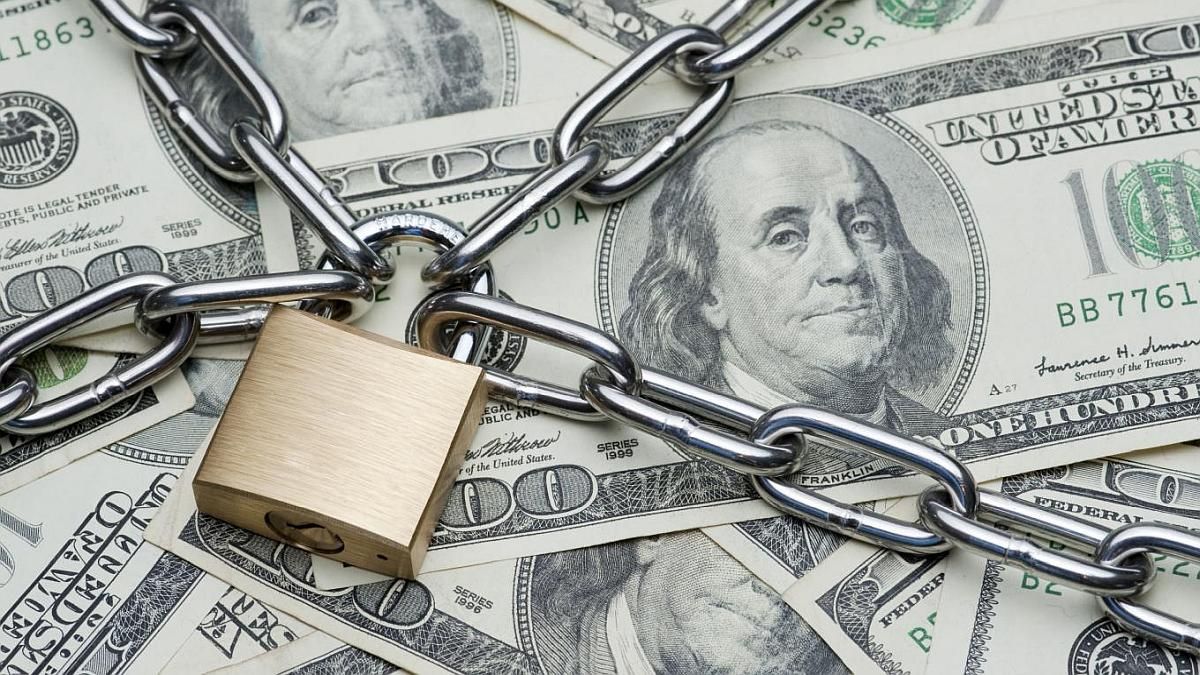For this purpose, the Federal Administration of Public Revenues (AFIP) started 25 comprehensive inspections in the metropolitan area, aimed at strengthening the control and monitoring mechanisms for financial transactions in the capital market (MEP dollar, transfers abroad, cash with settlement, inter-company transfer/guarantee operations, and expenses and income in principal account), in order to detect those that may imply evasion or money laundering maneuvers.
Acting in a coordinated and timely manner, the Regional Directorates of the General Subdirectorate of Metropolitan Tax Operations and of Large National Taxpayers of the General Tax Directorate participated in the indicated actions.
The causes of the advance of the dollar
The MEP dollar -valued with the Global 2030- was added to the rise in the CCL, which registered its highest value since July at $294.19.
Both prices registered weekly increases of $20.27 (+7.2%), and $24.63 (+9.1%), respectivelywhat represents the most important increase in this period since the end of July.
With a new return to exchange restrictions, Argentines who access energy subsidies they will not be able to buy dollars in the official market, neither CCL nor MEPaccording to a final decision of the BCRA board.
“The objective of reinforcing reserves thanks to agriculture continues to be met, but the economy’s problems go further because inflation does not stop and rates grow, all against the natural productivity of a country”, said a foreign bank agent.
In the informal market, meanwhile, the blue dollar bounced $1 and closed at $276according to a field survey in the Black Market of Currencies. Meanwhile, the gap with the official dollar reached 93%. During the week, the parallel dollar registered a rise of $3 (+1.1%).
Among the causes that led to the sharp jump in financial exchange rates are a worsening of conditions in the external context, pressured by expectations of a more aggressive rise in US interest rates than has been seen so far, at the same time as light of the latest data from the world’s largest economy.
“Although the worse-than-expected CPI data for Argentina could have revived the foreign exchange demand, I understand that mainly the acceleration of the MEP and the liquidity account responds to global phenomena”, commented to Ambit Juan Pablo Albornoz, economic analyst at Inveqc.
Inflation in the US showed higher data in August than was projected (8.3% vs. 8.1% year-on-year). In turn, core inflation, which excludes fresh food and energy, rose 0.6% monthly and 6.3% in annual terms, which implies an acceleration compared to the figure for July. “This accentuates the perception that the inflationary process is more difficult to tame than was believed,” Albornoz said.
Another factor that partly explains the strong rebound of the CCL and MEP is the increase in potential demand generated by the measure of the soybean dollar, count in the market.
“The strong increase in demand for the CCL and MEP could have its correlation with the settlements made by agriculture through the soybean dollar, but also because the market sees that, in the near future, a large amount of pesos in the market derived from the issuance by this measure can complicate the panorama of the fiscal deficit”, Economist Federico Glustein remarked to this medium.
The reserves of the Central Bank added in the last two weeks, until Friday, about 2,170 million dollars due to the massive liquidation of soybean exporters, who are taking advantage of a special exchange rate during September. With the idea of recovering foreign currency, the Government recognizes 200 pesos for each dollar to those who sell their soybean positions, one of the main national products with wide external distribution.
“With the new rise in the rate and the acceleration of the ‘crawling-peg’ already on the table, the attention of operators continues to be focused on the ‘soybean dollar’ since it is crucial for the supply of foreign currency and thus the recovery of reserves , even though the associated monetary issue must be sterilized in order to avoid putting pressure on inflation”, explained the economist Gustavo Ber.
The BCRA raised its benchmark rate on Thursday by 550 basis points to 75% annual nominal, with which it seeks to sterilize the pesos in circulation with the special change for soybeans.
Source: Ambito
David William is a talented author who has made a name for himself in the world of writing. He is a professional author who writes on a wide range of topics, from general interest to opinion news. David is currently working as a writer at 24 hours worlds where he brings his unique perspective and in-depth research to his articles, making them both informative and engaging.




